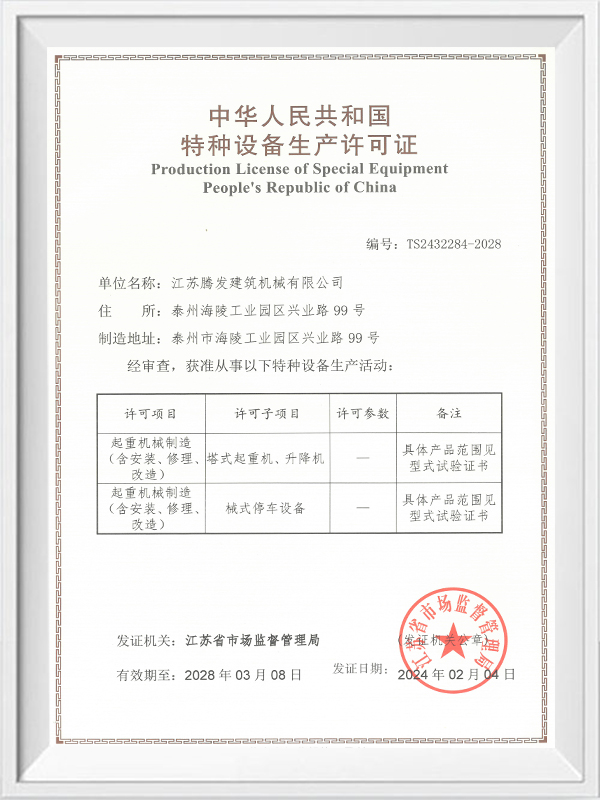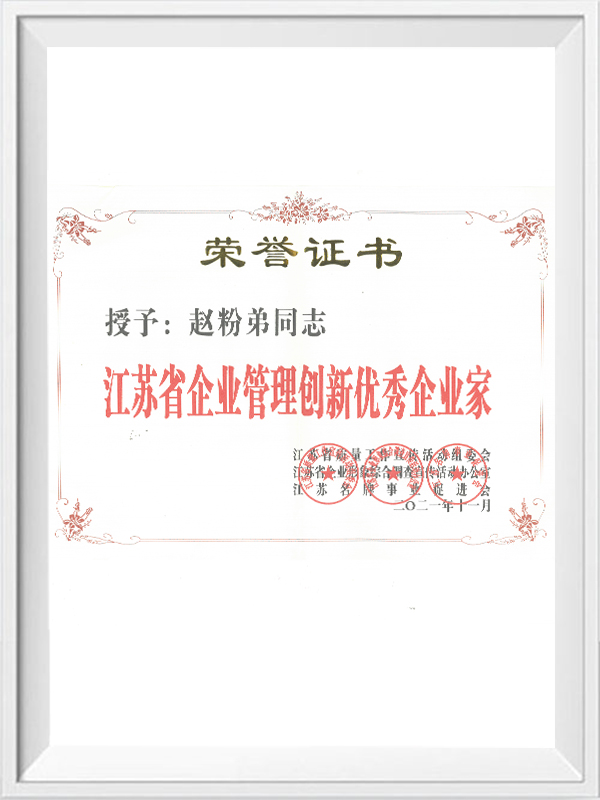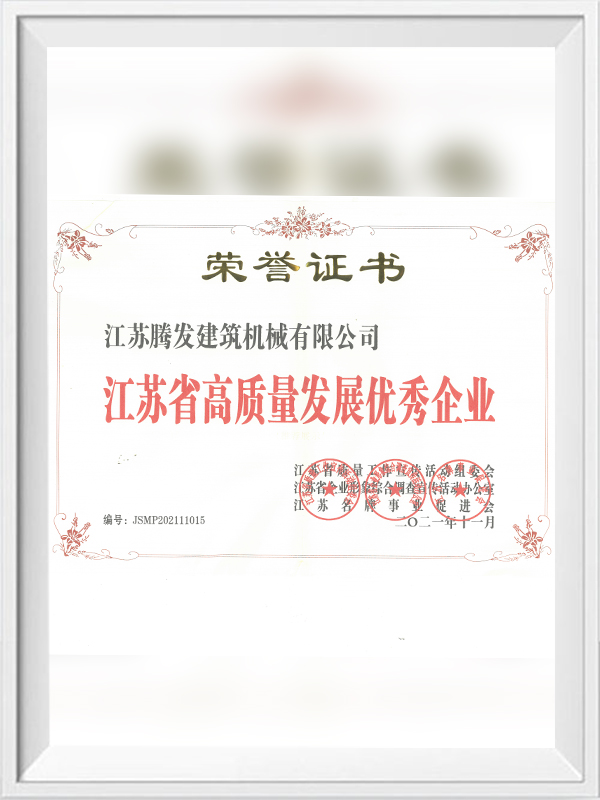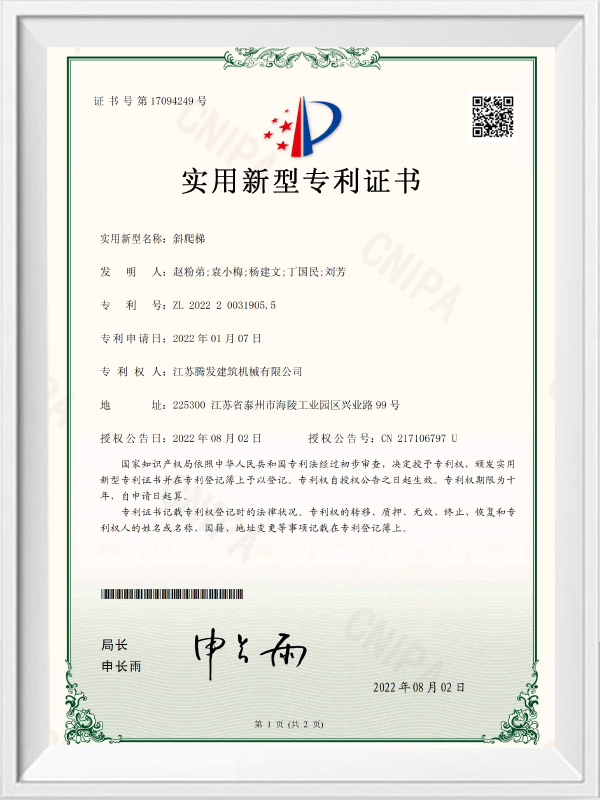What are the key factors to consider when choosing the right construction lift?
Here are some key factors to consider when choosing the right construction lift:
Load capacity:
Understand the maximum load weight required in the project to ensure that the selected lift can carry it safely. Different types of lifts have different load capacities.
Lifting height:
Determine the height of the building and the maximum lifting height that the lift needs to reach. This will affect the selection and configuration of the lift.
Working environment:
Consider the environmental conditions of the construction site, such as space limitations, ground conditions, and weather effects. Some lift designs are suitable for small or uneven sites.
Speed and efficiency:
The lifting speed of different lifts may vary. Evaluate the lifting speed to ensure construction efficiency and consider the need for operation during peak hours.
Safety standards:
Choose a lift that meets local and industry safety standards and ensure it is equipped with necessary safety devices such as anti-tipping devices, emergency braking systems, and safety locks.
Ease of operation:
Ensure that the lift is easy to operate and maintain, especially the training requirements for operators. An intuitive control system can improve work efficiency.
How to perform routine maintenance of construction lifts to extend their service life and ensure safety?
Performing routine maintenance of construction lifts is essential to extend their service life and ensure safety. Here are some important routine maintenance steps:
Regular inspection and cleaning:
External inspection: Check the appearance of the lift every day to ensure that there is no obvious damage, rust or wear.
Cleaning: Keep the lift clean, especially the motor and electrical components, to prevent dust and dirt from affecting performance.
Lubricate parts:
Regularly lubricate all moving parts such as chains, pulleys and gears to ensure they operate smoothly. Use suitable lubricants as recommended by the manufacturer.
Check safety devices:
Ensure that all safety devices (such as emergency brakes, limit switches, anti-rollover devices, etc.) are functioning properly. Test these devices regularly to ensure that they are effective in emergency situations.
Electrical system inspection:
Check electrical connections, switches and control panels to ensure that there are no loose or damaged connections. Test batteries and power supplies regularly to ensure that they are working properly.
Structural integrity inspection:
Inspect the frame, supporting structure and connecting parts of the lift to ensure that there are no cracks, deformation or other structural problems.
Tire and chassis maintenance:
For tire lifts, check tire pressure and wear to ensure that the tires are in good condition. Check the chassis to ensure stability.
Training and operating procedures:
Ensure that all operators are trained and familiar with the operating procedures and safety standards of the lift. Emphasize the importance of routine maintenance and ensure that every operator participates in maintenance.
Record maintenance activities:
Maintain detailed maintenance records, recording the date of each inspection and maintenance, problems found and actions taken, so as to track the overall condition of the lift.
Follow manufacturer recommendations:
Perform maintenance according to the manufacturer's maintenance manual and recommendations, and follow the recommended maintenance intervals and procedures.





 English
English русский
русский Español
Español 中文简体
中文简体
















